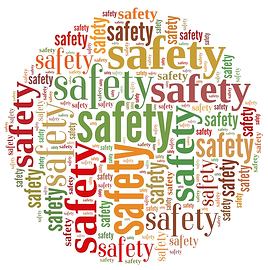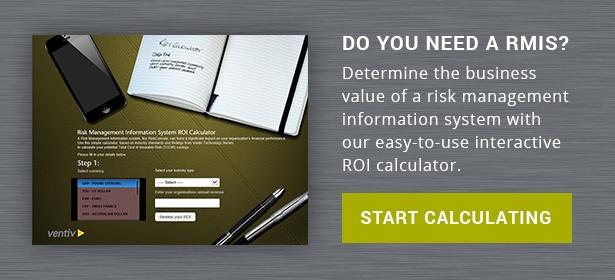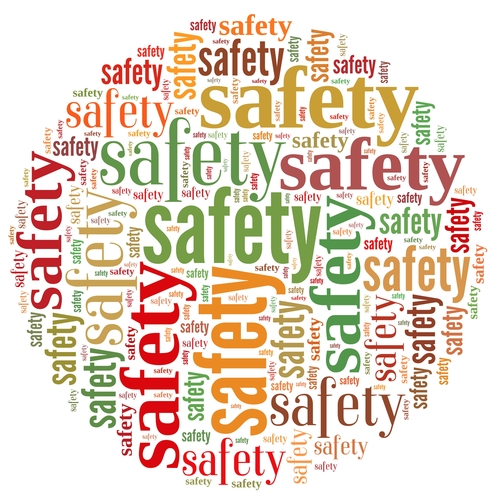
On March 21, Christina Ellefson, corporate claims administrator with Quad Graphics, and I led a webinar for Aon eSolutions' clients on the topic of improving management of the OSHA recordkeeping and reporting process. Under Christina's leadership, Quad Graphics has transformed the OSHA process into an integral part of the company's broader safety and claims management programs.
In this blog post, I'd like to discuss three compelling and innovative OSHA best practices pioneered by Quad Graphics and other Aon eSolutions' clients. There's no reason that any business subject to OSHA requirements can't adopt practices like these.
1.) Standardize OSHA recordkeeping and reporting at the location level
From obligation: Preparing OSHA logs for mandatory posting and potential inspection by OSHA representatives is a fact of life for businesses subject to OSHA regulations. For many companies, the burden stems from the manual, location-specific processes at the heart of OSHA recordkeeping and reporting.
In my experience, many businesses have yet to apply a single, uniform process to OSHA recordkeeping at the location level. It's common for each location to use its own spreadsheet (often coded differently by location) to track OSHA recordables and supporting data, such as location details, employee information, lost time, restricted days and the like. At the corporate level, combining spreadsheets is not only time-consuming, but can also result in a work product of questionable accuracy and limited reporting capabilities.
To opportunity: Several years ago, when Quad Graphics tripled in size through an acquisition, the company took the opportunity to standardize and automate its OSHA recordkeeping and reporting processes at the location level. Quad Graphics wanted a single system for universal access to OSHA logs as well as incident entry and management of all claims (not just workers comp. claims). By moving OSHA recordkeeping and reporting into its risk management information system, Quad Graphics achieved several key benefits:
- Allowing OSHA recordkeeping to be performed at the site level yet with standardized terminology and processes and enabling all site recordables to be saved in a single system.
- Enabling Quad Graphics to better track OSHA lost days and restricted days from a document management perspective.
- Improving safety managers' access to OSHA logs, since safety managers can now manage the logs and print them rather than working through a corporate resource.
2.) Leverage OSHA metrics to get a better picture of location safety performance
From obligation: As anyone familiar with OSHA recordkeeping and reporting knows, incident rates and DART rates are the two primary means of tracking safety rates from an OSHA perspective. The incident rate is the baseline that is meant to record any and all incidents; the DART rate reflects more severe incidents that result in absences, restricted duty or transfer.
Without a fuller context, however, incident and DART rates do not give an adequate picture of a location's safety performance; that's because without additional analysis and reporting, incident and DART rates don't normalize by location on the basis of headcount, hours worked and other variables. For example, if a relatively low-headcount location experiences one or two DART incidents in a year, its DART rate could be much higher than a high-headcount facility with a higher number of DART incidents. In other words, without adjustments, DART rates do not automatically normalize for headcount and so provide limited guidance in comparing safety rates from location to location.
To opportunity: Quad Graphics wanted to incorporate its incident reporting, incident rates and DART rates into a more comprehensive safety picture at the location level. Therefore, Quad Graphics augments incident and DART rates with additional metrics. Quad Graphics uses its enterprise risk management software to combine incident rates and DART rates with more general safety audit scores that include factors like site losses.
Because incident and DART rates are not the only factors driving safety rates, Quad Graphics now generates reports that evaluate locations across numerous factors, normalized for headcount, hours worked and other variables. This analysis and the reporting that comes form it allow Quad Graphics to determine whether each location is at or below what the company has established as a reasonable workers comp. cost per labor hour.
3.) Improve location-level accountability for all incidents
From obligation: As we've already discussed, many organizations have yet to apply a single, uniform process to OSHA recordkeeping at the location level. This often means that OSHA recordables are not as accurate as they could be. As a result, it can be challenging to give location-level safety managers the resources they need to manage and be accountable for all the incidents on their OSHA logs.
Let's look at this accuracy challenge from the location-level perspective, where OSHA recordkeeping and reporting can be seen as mainly about satisfying OSHA regulations. When this viewpoint takes hold, it can be challenging for corporate claims and safety teams to make the case that it's important for locations to be scrupulously accurate in recording and tracking and, when necessary, editing OSHA incidents. In other words, it's only natural that OSHA recordkeeping will receive less-than-full attention when it is isolated from other safety and risk-control measures and metrics.
To opportunity: One Aon eSolutions client has developed a unique answer to the challenge of how best to use OSHA data for managing incidents. Similar to other companies, this business had inaccurate OSHA data because the multiple locations and sources (including TPAs and insurers) recording that OSHA data all used different recording methods and terms.
Today, this client uses several reporting dashboards in its risk management information system to push out to all users each and every incident that appears on the location's OSHA 300 logs. All incidents are linked to the location, which means that corporate claims and safety teams can monitor the same incidents and incident rates that location-level users are seeing. Moreover, location-level users can go into the system and override lost days or how an incident is recorded, which empowers them to take charge of accuracy at the ground level.
The end result for this client is a virtuous circle of OSHA reporting and recordkeeping. Beginning at the location level, safety managers can access and manage their incident reporting through customized dashboards; these dashboards give locations the resources they need to be truly accountable for managing and preventing incidents. And at the corporate level, claims and safety managers are assured that the data theyre viewing is accurate and being acted upon.
Rob Fauser is an account executive with Aon eSolutions and is based in Chicago. Rob can be reached at 312-381-5063.













